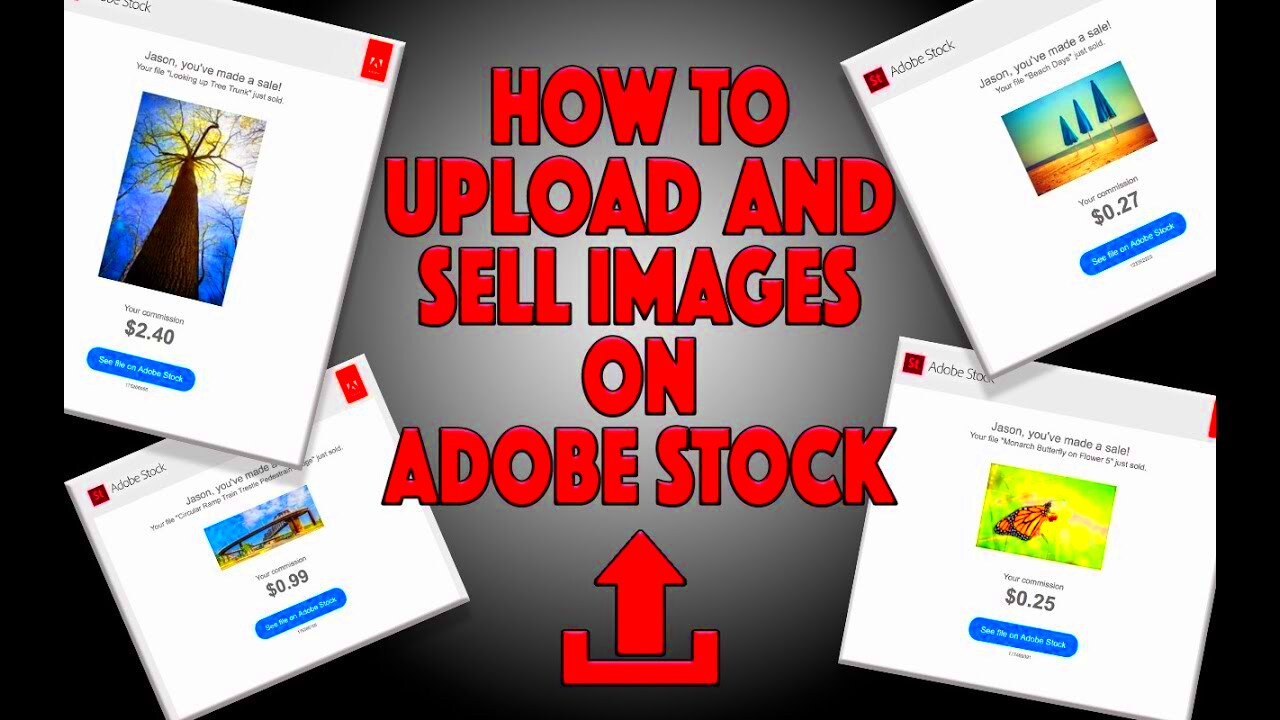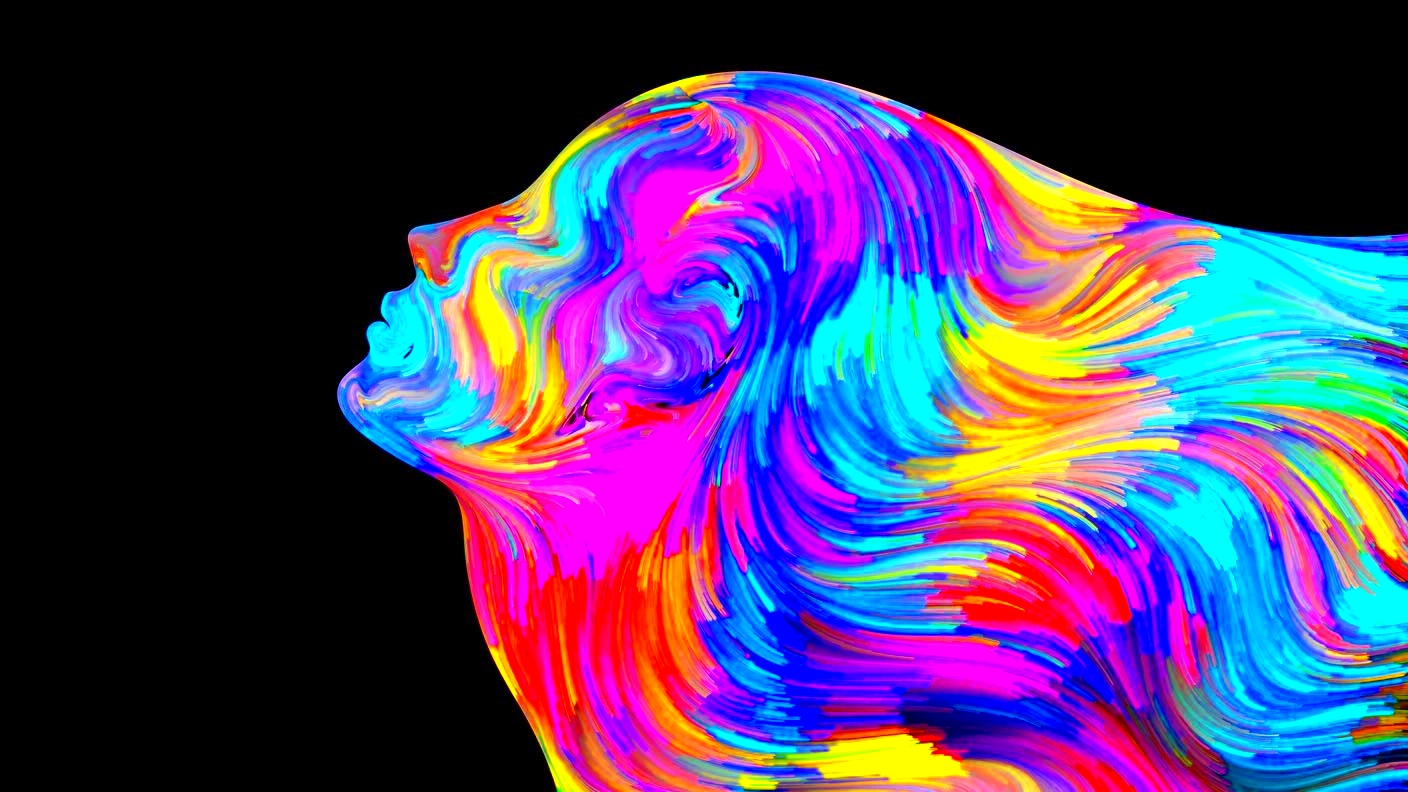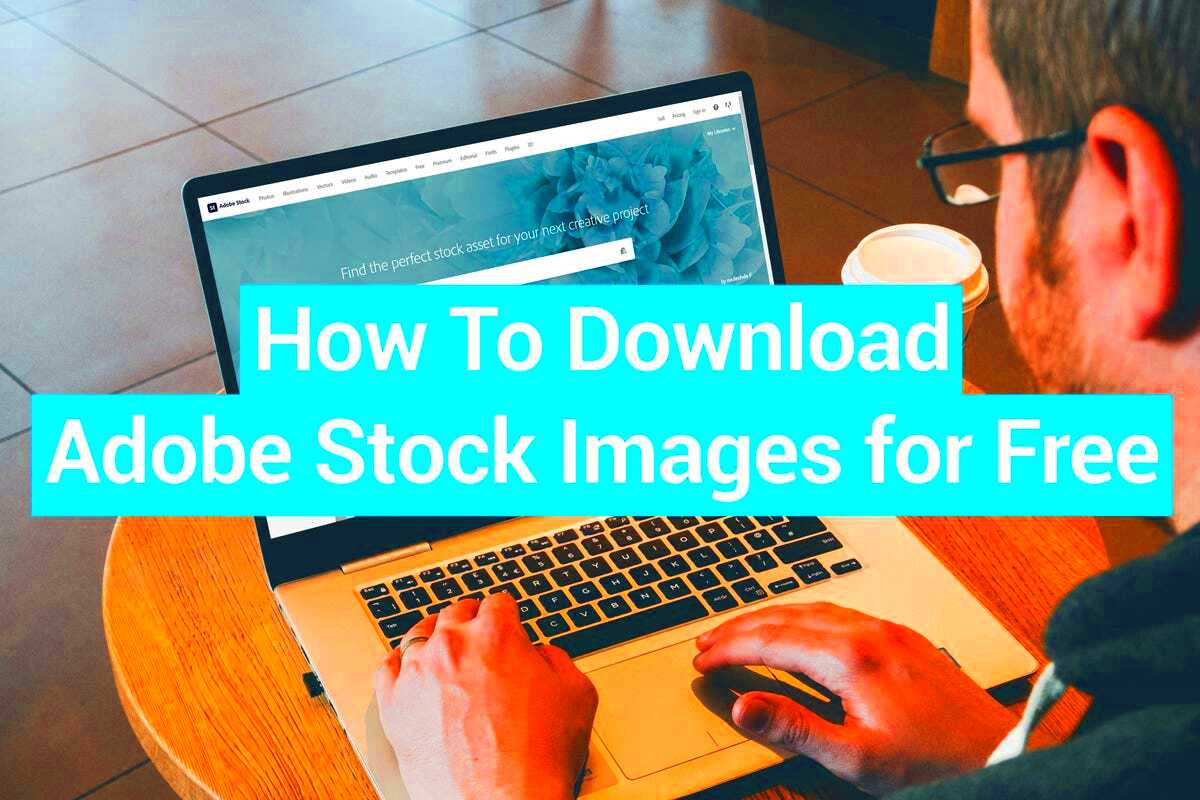Many creators and businesses have become addicted to
Adobe Stock for high-quality images to improve their projects. I remember when I used it for client presentation and how visuals made my pitch. The vast library offered by
Adobe Stock means that you can get whatever you need ranging from beautiful landscapes to detailed illustrations.
One benefit of utilizing Adobe Stock is:- Diverse Collection: You have access to millions of images, videos, and templates, making it easy to find exactly what you’re looking for.
- High Quality: All assets are curated and meet professional standards, ensuring that your work always looks polished.
- Flexible Licensing: You can choose from different licensing options that suit your specific needs, whether it’s for personal use or commercial projects.
- Integration with Adobe Tools: If you're already using Adobe products, the integration is seamless, allowing for smooth workflows.
To summarize,
Adobe Stock makes image searches easier and improves the quality of your creative work staff.
Getting Started with Adobe Stock
 Adobe Stock
Adobe Stock is easy to use and simple to navigate through particularly for a novice when it comes to stock images. I instantly fell in love with its interface the moment I entered the site. It takes a matter of minutes to create an account and then the fun journey starts!
For your convenience, here’s a guide that details how to get started quickly.- Visit the Website: Go to Adobe Stock.
- Create an Account: Sign up with your email or Adobe ID. It’s quick and hassle-free.
- Explore the Library: Start browsing or use the search bar to find specific images.
- Check the Pricing: Familiarize yourself with different pricing plans to find what works best for you.
While you explore the platform, do not hesitate to experiment with the search filters. They will assist you in refining your choices to identify images that genuinely match your intention.
Finding the Right Images for Your Project

Searching for the appropriate images for your project can seem like seeking a needle in a haystack. When you’ve got so much to choose from in
Adobe Stock, this is undoubtedly true! I remember how I once wrote a blog post about Usa food culture and needed photographs that were strikingly colorful and would make your mouth water. It was an engaging and stimulating moment!
Some tips that may be useful to you while searching are:- Use Specific Keywords: Instead of broad terms, try using more specific keywords. For example, instead of “food,” search for “Usa curry” or “street food.”
- Utilize Filters: Take advantage of filters for orientation, color, and more to narrow your results.
- Check Collections: Adobe Stock often features curated collections. Explore these to discover themed images you might not have found otherwise.
- Preview Images: Use the preview feature to see how an image fits into your design before downloading.
The perfect images that can bring your ideas to life well come about if you are patient and creative.
How to Use the Adobe Stock Downloader
When it comes to creativity, using Adobe stock downloader gives us an edge over others. I still recall the first time I downloaded an image for my own purpose; it was one such experience that showed me how effective this application is. The downloading tool cuts out on time taken by making it easy for you to save as many quality pictures as possible.
Here’s how to deal with the Adobe Stock Downloader to the fullest:- Install the Adobe Stock Plugin: First, ensure that you have the downloader plugin installed. It integrates smoothly with Adobe Creative Cloud applications.
- Search and Select: Use the search feature to find your desired images. Once you find the right one, click on it for a larger preview.
- Download Options: You’ll have different options like Standard and Extended licenses. Choose what best suits your project needs.
- Download Image: Click on the download button. If you’ve opted for a trial or a subscription plan, it will save directly to your library.
- Access Your Files: Open your Adobe Creative Cloud and find your downloaded images ready for use.
The downloader allows one to devote more time for creativity thus saving time on logistics which is a common goal among us all!
Pricing Options for Adobe Stock Images
Adobe Stock image prices can be better understood for avoiding wrong choices. I remember being amazed by the variety of plans Adobe Stock had when I first bought into it myself. You need to consider all these factors when deciding on pricing plan in order to get quality while keeping your project budget friendly.
A synopsis of the primary costing possibilities is given below:| Plan Type | Monthly Cost | Included Assets |
|---|
| Subscription | Starting at ₹1,499 | 10 images/month |
| Annual Plan | ₹1,199/month | More images at a reduced cost |
| On-Demand Packs | Varies | Purchase images as needed |
Deliberate your project needs wisely. For frequent users, subscription is the more cost effective option, but those who use it occasionally may opt for on-demand packages. However, whatever choice you make Adobe Stock has provided you with this flexibility that can suit your particular need differently.
Managing Your Image Downloads
Effectively managing your image downloads can lead to a more seamless creative process. Downloading a series of images for a graphic design project once upon a time was what happened to me and making sure that there was an organized approach helped me avoid headaches that could have resulted from a messy approach. Because of this, you are able to concentrate on other important things like; your own artistic work instead of being worried about misplaced files.
Suggestions for handling downloaded files are given below:- Create Folders: Organize your images into folders based on projects or themes. This way, you can easily find what you need later.
- Use Descriptive Names: Rename your files with clear, descriptive names. Instead of “image1.jpg,” use something like “Usa_Spices_Collection.jpg.”
- Keep Track of Licenses: Maintain a record of the licenses for your downloaded images, especially for commercial projects.
- Regularly Back Up Files: Consider backing up your files on a cloud service or an external hard drive to prevent any loss.
Thus, this will improve your workflow and make the creative process more enjoyable.
Tips for Choosing the Best Images
Selecting suitable pictures from the overabundance of them in Adobe Stock may seem burdensome. I recall once struggling with multiple alternatives doing a flyer for a nearby celebration. There was exhilaration and distraction involved; however, several tactics employed in this process allowed me to limit choices while discovering relevant pictures.
To help you with your choices here are some tips:- Align with Your Message: Every image should reflect the core message of your project. Think about the emotions you want to evoke. For instance, if you're showcasing Usa culture, vibrant colors and rich textures can create an engaging atmosphere.
- Consider Your Audience: Always keep your target audience in mind. What appeals to them? Images that resonate with your viewers will capture their attention and enhance your overall message.
- Check Composition: Look for images with good composition. An image that is well-balanced can draw the viewer's eye and add professionalism to your work.
- Think About Versatility: Choose images that can be used across various mediums—whether for print, digital, or social media. Versatile images give you more bang for your buck.
Trust your gut ultimately. The correct picture will not just enhance the quality of your work but will also have a more profound meaning for the people you are targeting.
Frequently Asked Questions
If you’re searching Adobe Stock, maybe you have a few questions. I did when I first began! Learning more about the platform can impact positively on your time there. These are some of the most frequent questions I’ve had:
What types of licenses does Adobe Stock offer?
- Adobe Stock provides Standard and Extended licenses. The Standard license is suitable for most uses, while the Extended license allows for greater flexibility, especially for merchandise.
Can I use downloaded images for commercial purposes?
- Yes, as long as you adhere to the licensing agreement. Always double-check the specific terms for each image.
What if I can't find what I'm looking for?
- Don’t hesitate to use specific keywords or filters to refine your search. You can also explore curated collections for inspiration.
Is there a free trial available?
- Yes, Adobe Stock often offers a free trial that allows you to download a limited number of images. This is a great way to explore the platform without commitment.
Such FAQQS are meant to clear any doubts as well as guiding one through the process of getting an ideal picture.
Conclusion on Buying Images from Adobe Stock
In this world today controlled by visuals, a correct image can convey what no words can express. My experience with Adobe Stock has imparted in me that quality visuals are worth every dime spent on them. It is not only small businesses and freelance designers who benefit from these high quality resources; anyone interested in creating can find something helpful at Adobe Stock.
- Quality Matters: High-quality images can significantly enhance your work, making it more appealing and professional.
- Explore Your Options: Take the time to explore different images and pricing plans. There’s something for everyone.
- Trust Your Instincts: When in doubt, go with your gut. The right image will resonate with your audience.
So i hope using Adobe Stock is worth it and fun as well! Good luck searching for pictures!
 Adobe Stock is easy to use and simple to navigate through particularly for a novice when it comes to stock images. I instantly fell in love with its interface the moment I entered the site. It takes a matter of minutes to create an account and then the fun journey starts!For your convenience, here’s a guide that details how to get started quickly.
Adobe Stock is easy to use and simple to navigate through particularly for a novice when it comes to stock images. I instantly fell in love with its interface the moment I entered the site. It takes a matter of minutes to create an account and then the fun journey starts!For your convenience, here’s a guide that details how to get started quickly. Searching for the appropriate images for your project can seem like seeking a needle in a haystack. When you’ve got so much to choose from in Adobe Stock, this is undoubtedly true! I remember how I once wrote a blog post about Usa food culture and needed photographs that were strikingly colorful and would make your mouth water. It was an engaging and stimulating moment!Some tips that may be useful to you while searching are:
Searching for the appropriate images for your project can seem like seeking a needle in a haystack. When you’ve got so much to choose from in Adobe Stock, this is undoubtedly true! I remember how I once wrote a blog post about Usa food culture and needed photographs that were strikingly colorful and would make your mouth water. It was an engaging and stimulating moment!Some tips that may be useful to you while searching are:
 admin
admin








